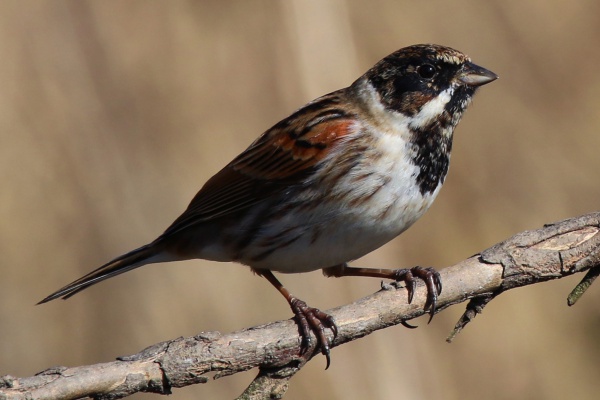Facts About Common reed bunting
The common reed bunting is a small, enchanting bird that belongs to the bunting family, Emberizidae. These birds are widely distributed across Europe and the Palearctic region. While some populations remain in milder areas year-round, others are migratory. Their preferred habitats include reedbeds, but they are also found in drier environments such as moorlands and farmlands. In the UK, various Biodiversity Action Plan areas provide suitable habitats for these birds.
The common reed bunting is classified under the genus Emberiza, which comprises 19 subspecies. The Emberizidae family is diverse, encompassing around 300 seed-eating species, predominantly found in the Americas. However, the Emberiza genus is exclusive to the Old World.
Close relatives of the common reed bunting include the Japanese reed bunting and Pallas's reed bunting. There are noticeable differences between the sexes: males have distinctive black heads and throats, white neck collars, and heavily streaked brown backs, whereas females exhibit a more muted appearance with streaked brown heads. Males are often heard singing a repetitive "srip" call.
These birds adjust their diet according to the season. They feed insects to their young but consume seeds at other times. The breeding season spans from early April to late August, and common reed buntings are typically monogamous. Their nests are constructed using twigs, grass, and reeds, and lined with finer materials. A typical clutch contains 4-5 eggs, which incubate for about 12-15 days. Both parents participate in feeding the chicks.
The common reed bunting is not currently at risk, with the IUCN listing it as of least concern. There are an estimated 4.8 million pairs in Europe alone. These birds thrive in countries such as Sweden, Poland, and Norway, although some declines have been noted in regions like Norway, Sweden, and Germany.

 Ireland
Ireland